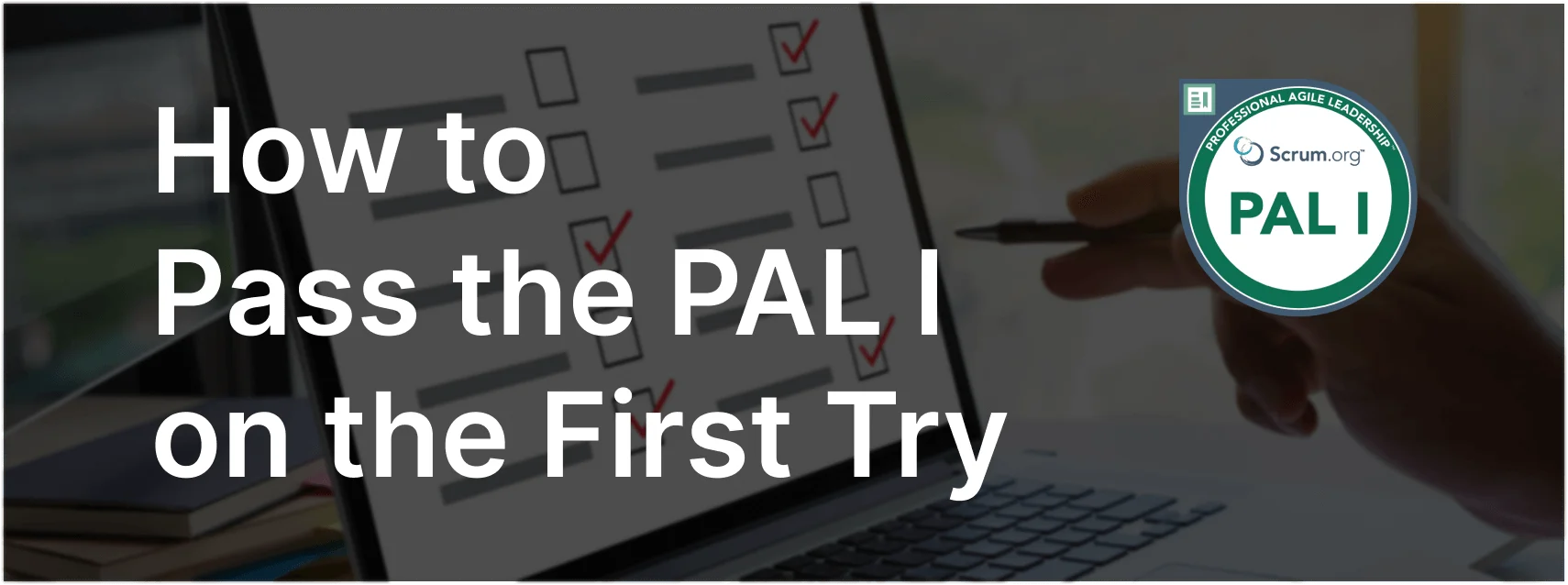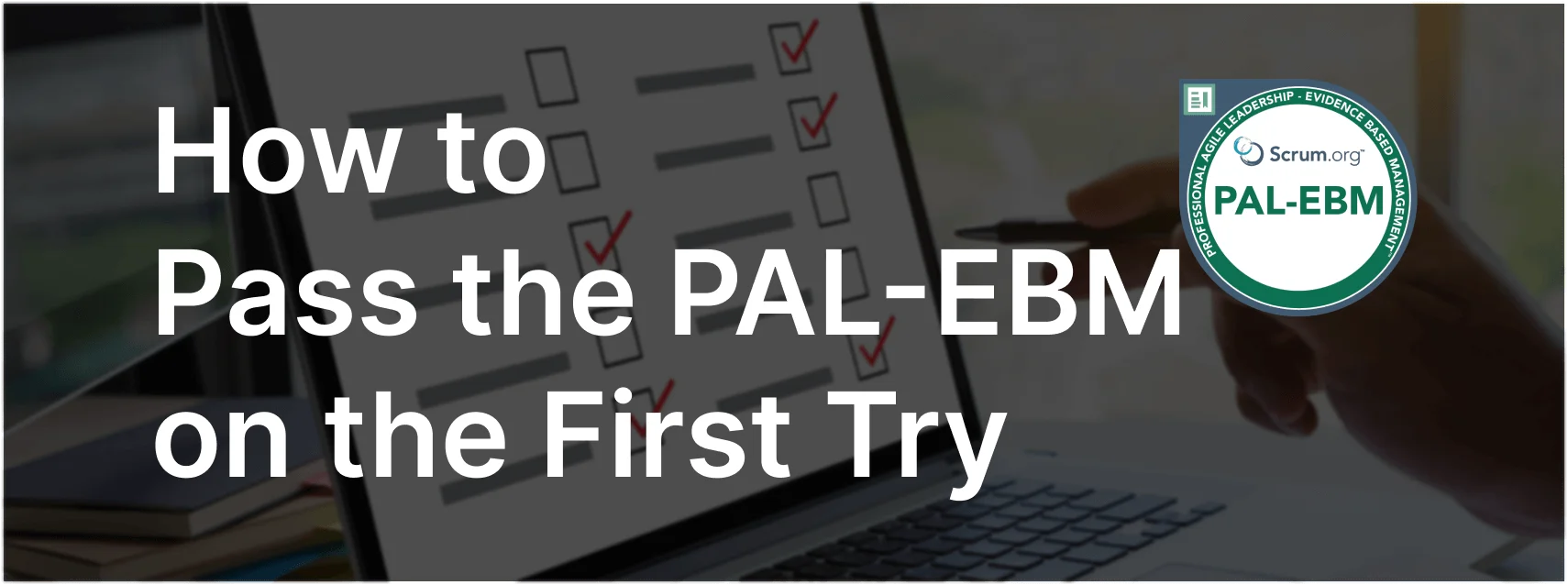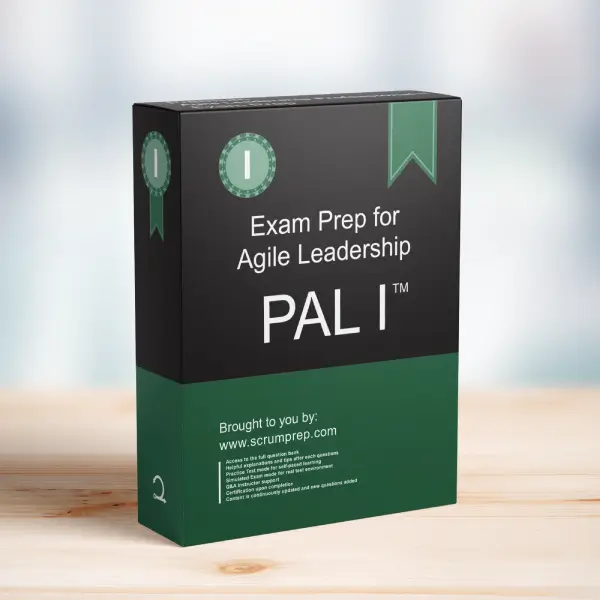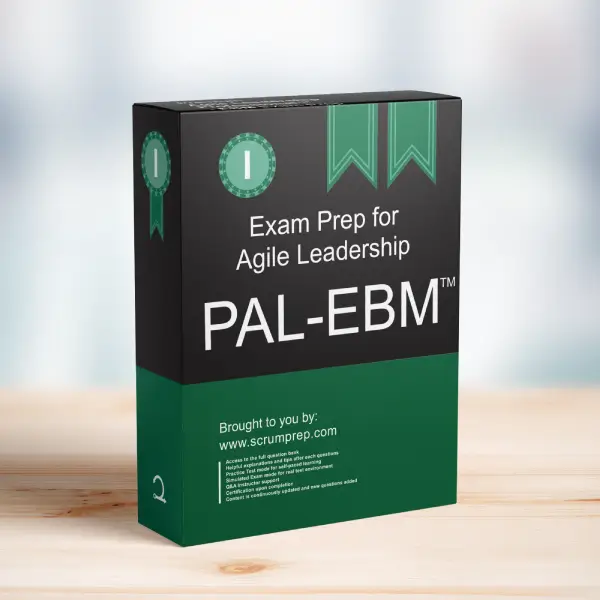Making Decisions on Innovation Projects
When faced with multiple proposals for innovation projects, it’s essential to decide how to allocate a limited budget effectively. This decision-making process becomes more complex when the organization lacks experience in the proposed business domain or technology.
Exam Question
You are presented with a number of proposals for “innovation” projects and you need to decide how to spend your limited budget. Each proposal describes the projected benefits and costs, and a list of possible risks. Your organization has little experience in either the business domain or the technology, proposed for any of the projects, and you are skeptical of the claimed benefits and costs. What can you do to move ahead?
(choose the best answer)
A. Fund the proposal with the best cost/benefit trade-off.
B. Do not fund any of the proposals, stick to what you know.
C. Fund each proposal sufficiently to test the market need and re-evaluate.
D. Fund the proposal with the least risk.
Correct Answer
C. Fund each proposal sufficiently to test the market need and re-evaluate.
Explanation
Correct Answer
C. Fund each proposal sufficiently to test the market need and re-evaluate:
In situations where there is uncertainty about the business domain and technology, and skepticism about the projected benefits and costs, the best approach is to fund each proposal just enough to test the market need. This allows the organization to gain empirical evidence on which projects have the potential to succeed, reducing the overall risk by making small, incremental investments rather than committing a large budget upfront.
Why the Other Options Are Less Relevant
A. Fund the proposal with the best cost/benefit trade-off:
While this seems logical, the claimed benefits and costs might not be reliable due to the organization’s lack of experience in the domain. This approach assumes that the estimates are accurate, which may not be the case.
B. Do not fund any of the proposals, stick to what you know:
Sticking to familiar projects can limit the organization’s growth and innovation potential. This approach avoids risk but also misses opportunities for significant advancement.
D. Fund the proposal with the least risk:
Funding the least risky proposal might not necessarily lead to the best innovation outcomes. Lower risk does not always equate to higher potential for success, especially in new and unexplored domains.
Benefits of Testing Market Needs
- Empirical Validation: Testing the market need provides real-world data on the viability of the proposals.
- Risk Mitigation: Small, controlled experiments reduce the financial risk and allow for course corrections based on feedback.
- Informed Decision-Making: Empirical evidence helps in making better-informed decisions about further investments.
- Flexibility: This approach allows the organization to pivot or stop projects that do not show promise early on, saving resources.
EBM Framework Insights
- Current Value (CV): Understanding the immediate value delivered by testing the market need.
- Unrealized Value (UV): Identifying potential future value by exploring new opportunities through experimentation.
- Ability to Innovate (A2I): Enhancing the organization’s ability to innovate by validating assumptions with real-world data.
- Time to Market (T2M): Reducing time to market by focusing on projects that demonstrate early potential through empirical testing.
Relevance to the PAL-EBM Exam
Understanding how to allocate resources for innovation projects, especially under uncertainty, is crucial for the PAL-EBM exam. This knowledge demonstrates the ability to apply empirical principles to drive informed decision-making and innovation.
Key Takeaways
- Funding innovation projects sufficiently to test market needs allows for empirical validation and reduces overall risk.
- Small, controlled experiments provide valuable data for making informed investment decisions.
- This approach enhances the ability to innovate and improves time to market for successful projects.
Conclusion
When dealing with innovation projects under uncertainty, funding each proposal sufficiently to test the market need is the best approach. This strategy allows for empirical validation, reduces risk, and provides valuable insights for future investments. For more information on preparing for the PAL-EBM exam, visit our Professional Agile Leadership PAL-EBM™ Exam Prep.





